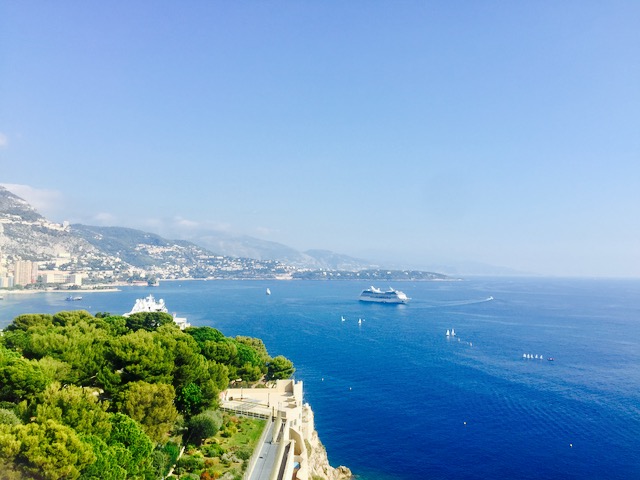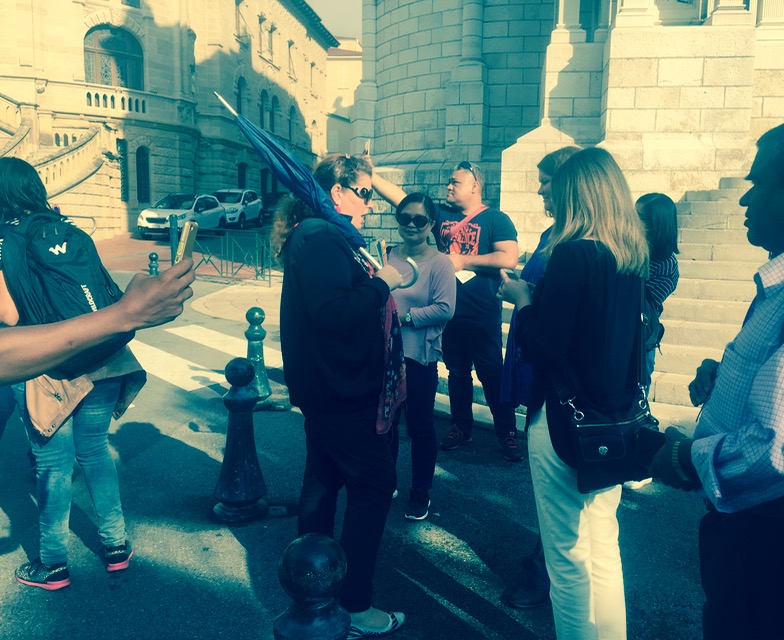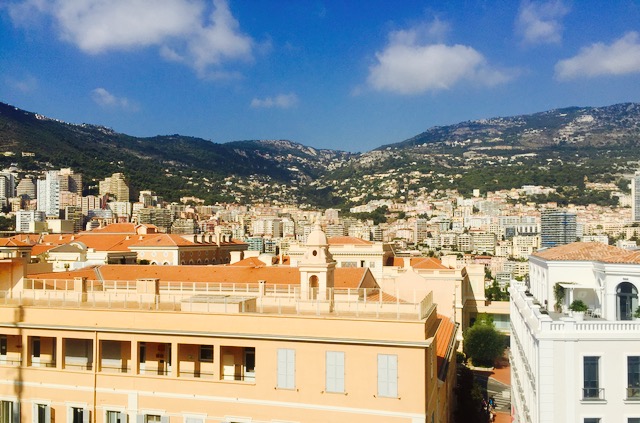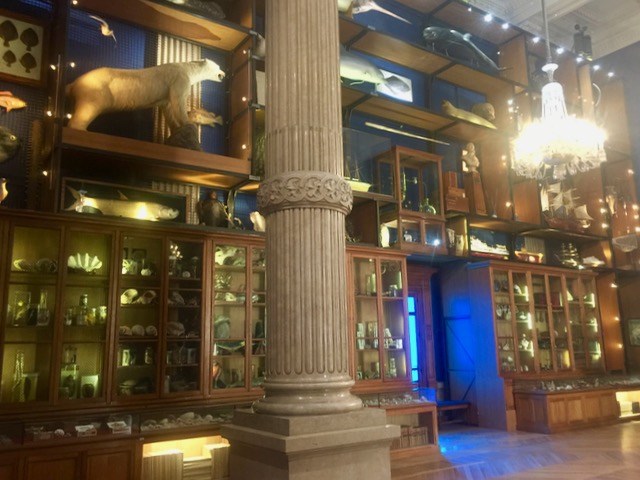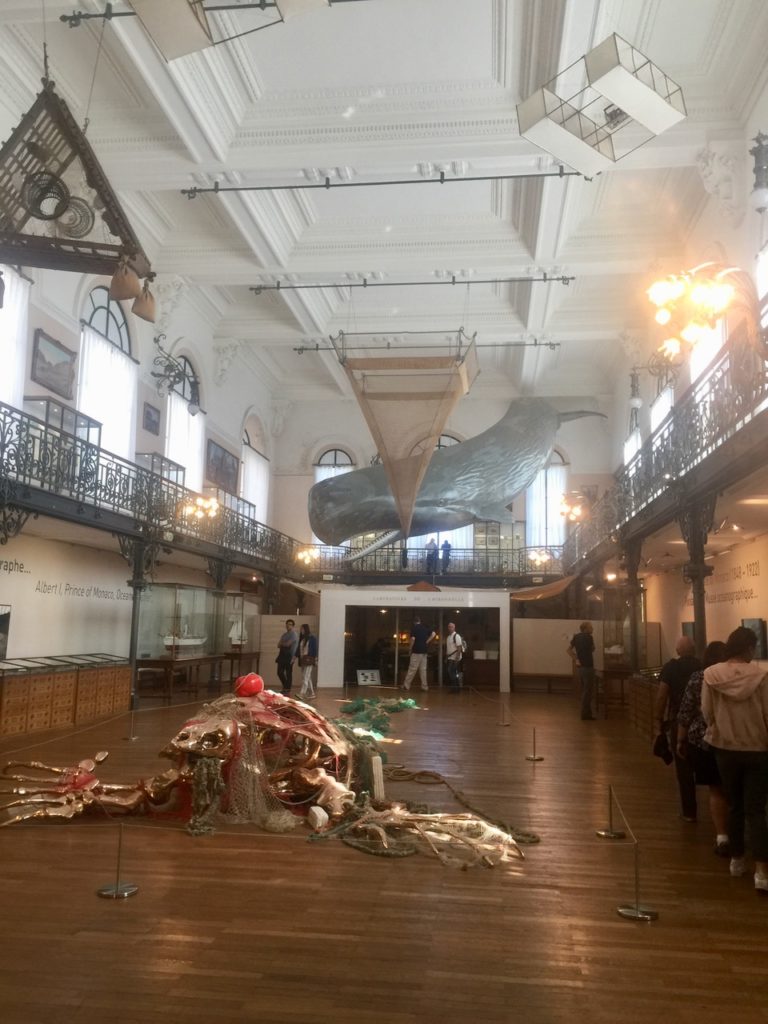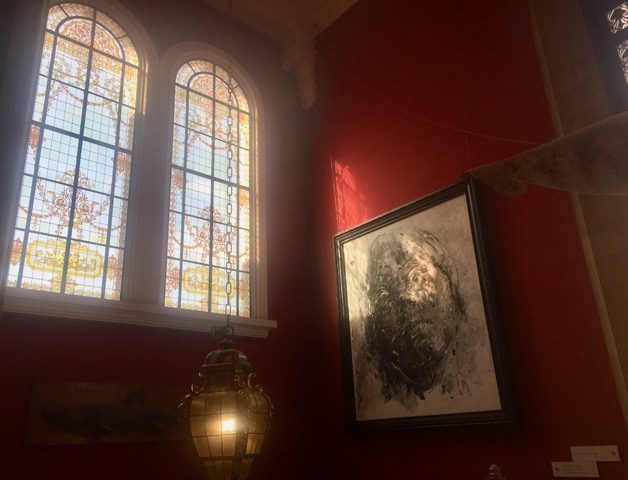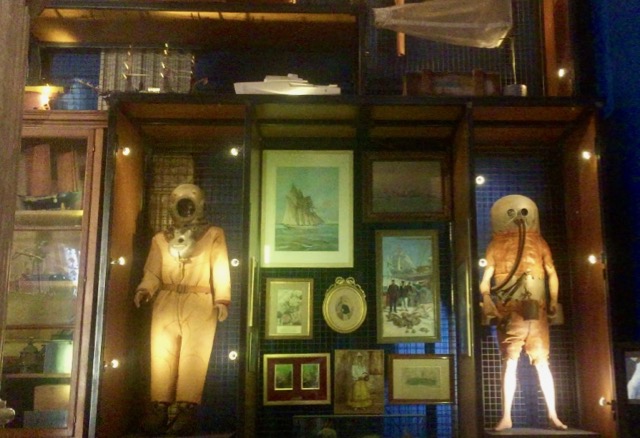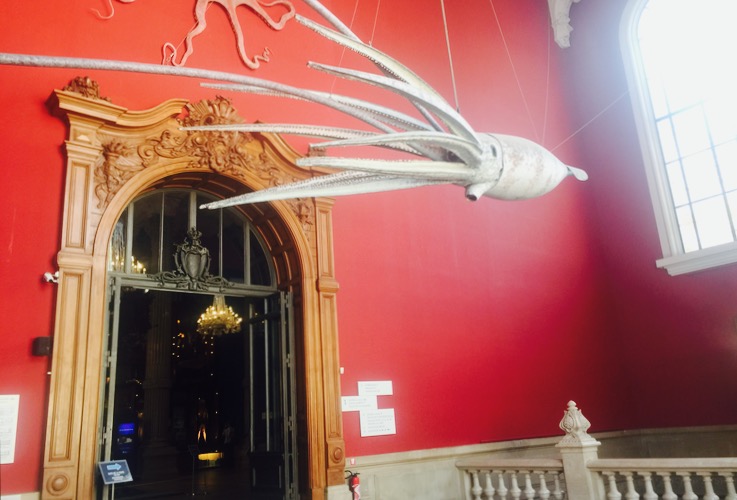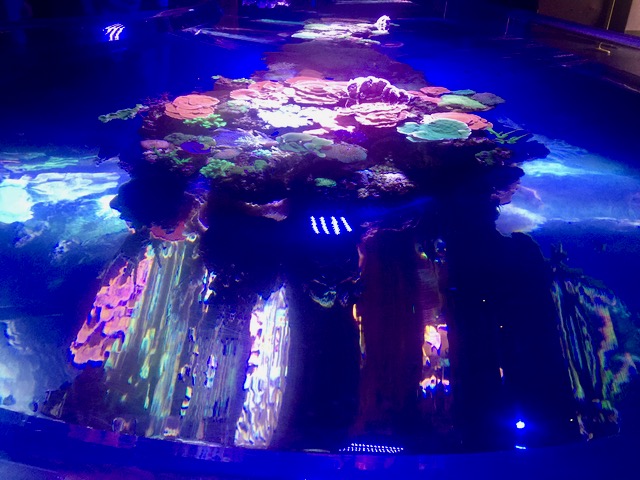A few weeks ago I was in Monaco as a tourist.

Yes. Tourist, sightseer, day tripper, backpacker (except mine is a charming recyclable tote), whatever it’s called these days, one thing is for sure, we are instinctively drawn to the breathtaking, incredibly stunning, amazingly stupendous sight of a tour guide’s erect umbrella.
Yes. As long as we keep all eyes on the blue umbrella, wherever it leads us during our walking tour, we’re absolutely going to be okay. Or at least that’s what it says in the TripSavvySavers brochure.
However, on this Monaco trip I broke the day tripper’s oath by looking away from the blue umbrella (oh my…) and making a bolt to the nearest cactus garden to hide (mortal sin). Not that our walking tour was awful, it was lovely.
But I was already famished and kept on having visions of the spaghetti carbonara with this massive heap of parmesan cheese served at the restaurant inside the Oceanographic Museum.
I sprinted on tiptoe to the Oceanographic Museum.
The world renowned Oceanographic Museum of Monaco has showcased the science and the art of ocean protection for more than a century.
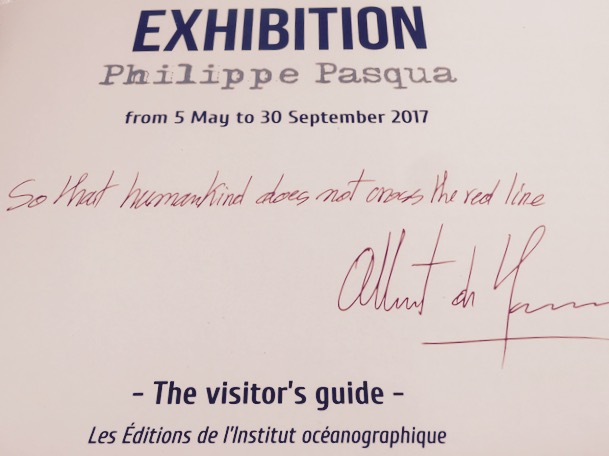
As kids, my sister and I used to spend most of the time at the museum gift shop squabbling over which cutest stuffed sea creature should go to which most well-behaved sister. Duh…me!
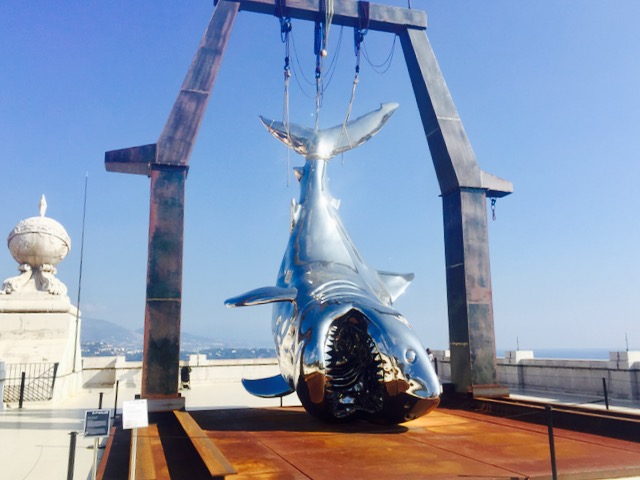
Today I’m grateful for my newfound appreciation and commitment to biodiversity conservation that could only have been possible with my serendipitous involvement in the global climate movement. Climate change of course disrupts the natural cycles and habitats of all species.
As I roamed around the museum’s hallowed chambers, I also felt a sharp pang of …discontent? jealousy? My country the Philippines has arguably more marine resources to watch over with the unparalleled richness and variety of our ocean and wildlife.
Yet we still don’t do enough research or make policy decisions for sustainable development to ensure that our ecosystems remain diverse and thriving.
It would take years, even decades to accomplish this!
Despite fretting over what we don’t have back home, I left the museum satiated (partly due to the happy carbonara bloat), inspired by the thought that there’s always a chance to learn from those who have done well. Doing nothing is no longer an option anyway.
With our people’s ingenuity and resourcefulness, we can and we will.
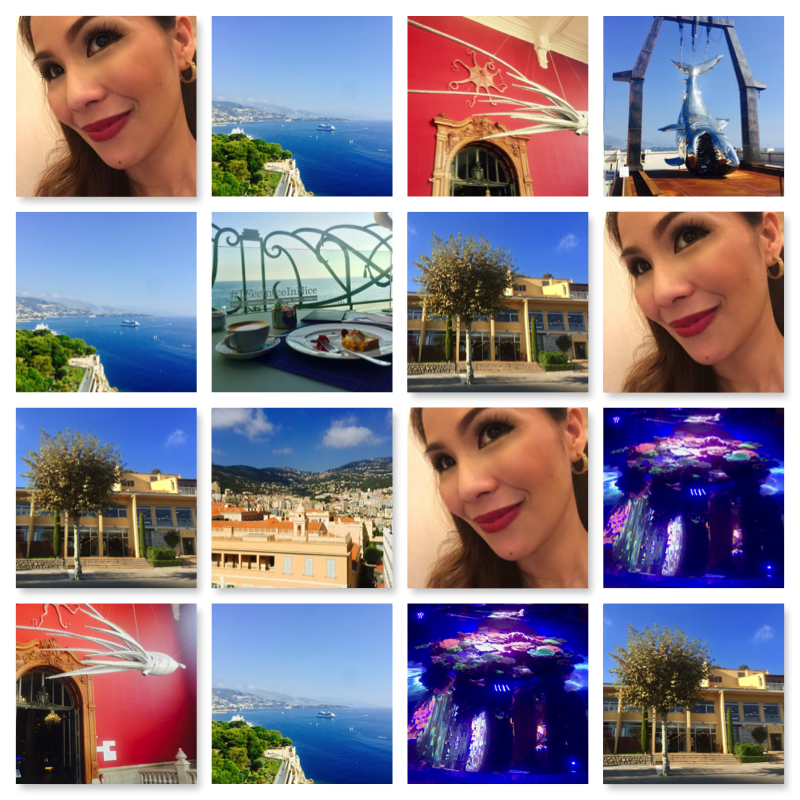
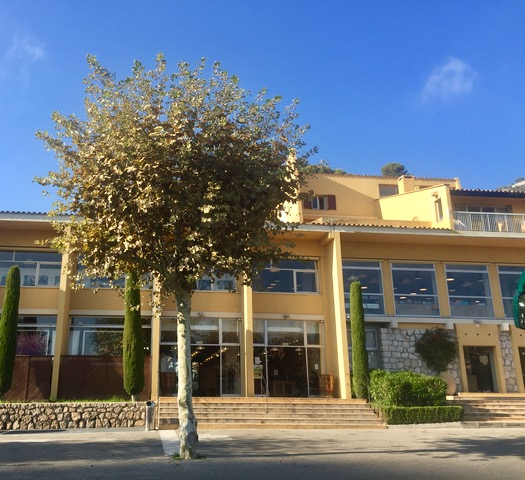
A day tripper’s itinerary won’t be complete without a Fragonard perfume factory/laboratory tour in Eze, France.
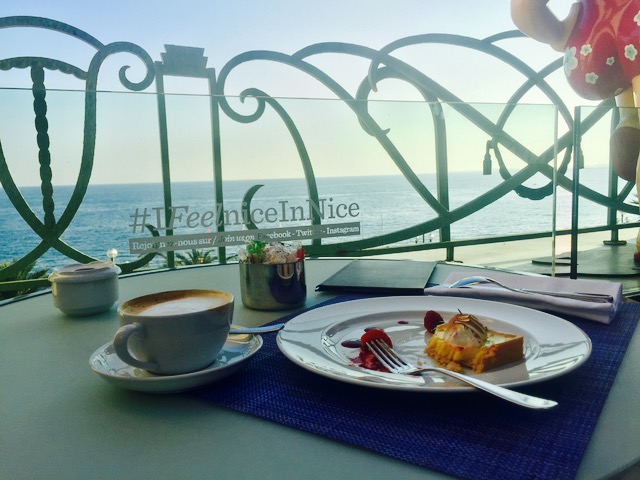
Nothing screams DAY TRIPPER! more than a cappuccino and lemon tart mirienda overlooking a body of water from a hotel terrace (Hyatt) along a boulevard in Nice.
The sheer number of species and wildlife that can be found in the Philippines is the reason why the United Nations Convention on the Conservation of Migratory Species of Wild Animals (CMS COP12) was held for the first time in history in Asia and in the Philippines.
For instance, over 150 species of migratory birds have been sighted in various areas in the Philippines.
Also, five of the eight marine turtle species in the world can be found in Philippine waters.

The gathering dubbed as the world’s largest wildlife convention is crucial in mandating the global protection of wildlife. The convention introduced new initiatives to conserve and protect more endangered species such as lions, cheetahs, chimpanzees, leopards and bears.
Our network ABS-CBN and ABSCBN News Channel (ANC) partnered with CMS COP12 to bring awareness to Filipinos some of the most critical environmental issues we’re facing today.
P.S.
Our featured image is a great frigatebird found in tropical oceans. This is a male with red gulac sac or pouch which they inflate during the breeding season. Probably explains why he’s wearing his heart on his bib. ♥
Cheers!


